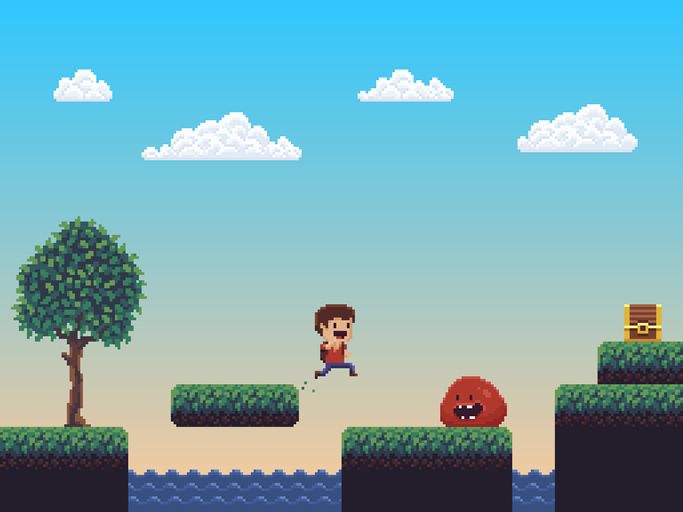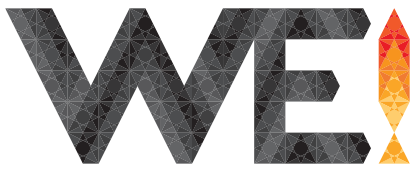
Proper use of gamification for the workforce can provide organisations with a competitive advantage in the changing business environment.
By: HRM Asia Newsroom | November 8, 2018
Author: Matthew Lim, Group MD of WE! Interactive
The application of game design theories and techniques to everyday situations has led to new, creative ways of engaging with people.
Gamification takes fun, play, transparency, and challenge – the essence of any game – and applies them to real-world objectives.
Gamification improves user engagement, organisational productivity, employee recruitment and evaluation, and improves the system’s overall usefulness.
In fact, 2018 has been a year for gamification. This year, the sector has matured and the hype surrounding it has been slowly fizzling out.
Now, more people are actively looking to invest in disrupting and gamifying their systems, but this time from an educated, non-hyped standpoint.
This means that now, instead of blindly following, business owners, professionals, and customers are looking to gamification as a solution that could work for their problems rather than a way of simply “keeping up with a trend.”
Large enterprise players are increasingly investing in gamification and they are engaging customers and other companies with gamified systems without saying “hey, look, it’s a video game; it’s fun.”
Meaningful gamification
Gamification is only meaningful if you focus on the really important parts of game design elements. Think of balancing competition and collaboration, defining a meaningful game economy, and creating an exciting interaction.
If you choose to focus simply on what people think a game is all about, you might be setting yourself up for failure.
Instead of counting points, slapping badges on activities, and creating gamified apps that don’t engage your audience, the real challenge of gamification is to design player-centric applications that truly focus on the motivations and regards that make people feel engaged.
Game mechanics like points, badges, and leaderboards might work, but they’re simply tools – not the means in themselves.
Proper use of gamification as a business tool can provide organisations with a competitive advantage as they try to react to the changing business environments and increased customer demands.
Think, for instance, on how you could gamify your workplace.
Motivation is one of the main drivers of a workplace. But there are both intrinsic and extrinsic motivators at play in any situation, that can capture the engagement and behaviour of your workforce.
Be prepared to engage in a trial or error process until you find out what works.
The psychology of gamification
We’ve all seen foosball, pool, and ping-pong tables in some “disruptive” workplaces, and while that’s fantastic and helps you build better teams, it’s not gamification.
For instance, a gamified, team-building exercise could take the dynamics of a multiplayer game role game and use them. Since these games, every character has a particular fight tactic and skills, you could encourage your collaborators to build cross-functional teams with people with different, unique skills.
Since every “party” member’s skills vary, this discourages aggressive competition and encourages cooperation as teams push for recognition as a team, building a cooperation culture that contrasts heavily with the toxic competitive spirit that we see in some workplaces.
That being said, Asian nations with a strong gaming culture will most likely lead the change, especially as they seem to be more open to engaging game-like experiences.
The best part is that, in Asia, this doesn’t require a culture-shift like in Europe where we still need to move away from the notion of games as something unproductive.
This, of course, opens the door for a myriad of potential approaches to gamification.
As gamification moves past the ‘early adopter’ stage, and becomes more broadly used, it’s increasingly important for CIOs and IT leaders to understand how the underlying principles of gamification can truly affect their workplace.
Source: Hrmasia


